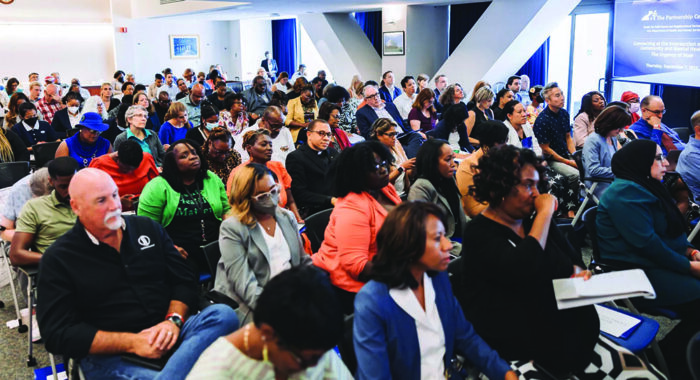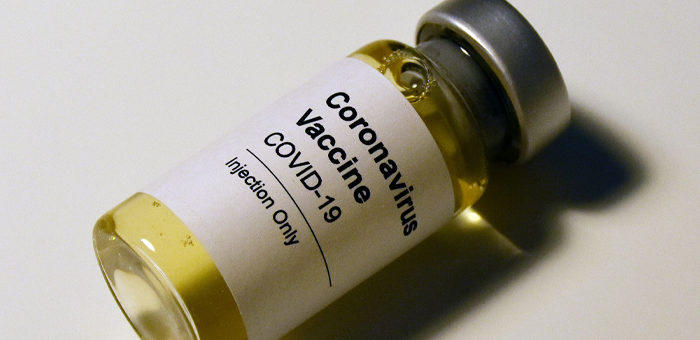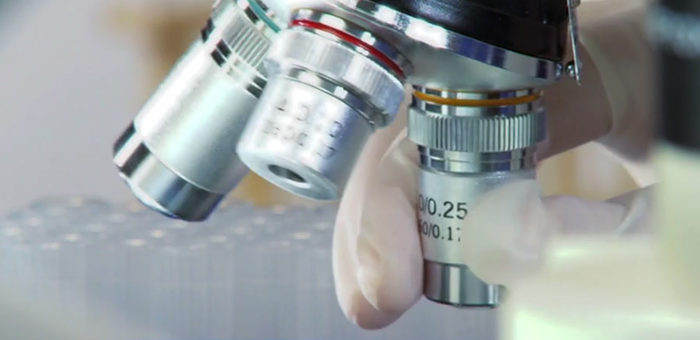The coronavirus crisis has not just impacted our physical health. As we experience a “collective trauma” from COVID-19, the medical community has signaled that we are now in the midst of a mental health pandemic. Current findings reveal that up to 50 percent of the U.S. population have experienced a negative mental health impact from coronavirus, not to mention other trauma-inducing events.
In churches, the topic of “mental and emotional health” is trending across pulpits. Yet due to a lack of mental health education and training, churches have historically been ill-equipped in mental health support. I’m here to discuss the opportunity churches have to be part of a new future where mental and emotional health is amplified so that thousands can receive real and lasting help. However, to do this, churches will have to innovate by integrating science with our faith in Christ. I know this works, because this approach is what transformed my wife’s mental health journey.
“If There is Grace, Make It Practical”
After 10 years on the mission field, my wife’s prolonged battle with depression and anxiety eventually brought us back to the states. Back here, we started receiving extra pastoral ministry care and worked with mental health professionals. Yet, after two years, she didn’t progress, and her mental health eventually debilitated our marriage and family. We had to step down from ministry.
Like the despair of many during this pandemic, the hopelessness set in quickly with the loss, isolation and uncertainty. That’s when my prayer changed from “Lord, give me grace” to “Lord, if there’s grace, make it practical!” My curiosity led me to study the science and how it integrated with Jesus, and I learned a whole-health approach that led to the breakthrough she needed.
Learning the Neuroscience of Grace
As I studied the brain and body connection, I learned that people who struggle with depression and anxiety have an overactive amygdala (i.e., the threat center of the brain). This meant that most of the blood flow in my wife’s brain was going to the amygdala, triggering a flood of stress hormones, a heightened nervous system, a danger response mode in her cells, and much more. In this state, the brain goes into critical thinking, which leads to a lot of spiritual scrupulosity (i.e., fault-finding guilt). Over a long period of time, this whole neuro-physical experience leads to a neuro-endocrine shutdown, causing fatigue, lack of motivation, and even a numbness to faith. Hopelessness is a brain and body state, not just a willed decision.
As I learned about a whole-health lifestyle (e.g., nutrition, exercise, schedule, etc.), we began to make changes toward this, and my wife started to move out of her state of distress. In other words, learning the neuroscience helped me create a practical, graceful environment for my wife and our family, and we regained strength together.
Learning the Psychology of Grace
After hearing my wife’s remarkable story, an experienced psychologist asked me if I could pinpoint one of the main things that helped my wife recover so dramatically. It’s hard to narrow it down, but I told him: “I took away the expectation for her to be healed.” I remember telling my wife, “Honey, you don’t have to do anything to get better. You don’t have to get better so we can go back into ministry. Let’s take the next two years and just live our lives. That’s it.”
When you look at the psychology and neuroscience, people in distress need a reaffirmed feeling of safety, control and belonging before any expectation of behavior. Isn’t that what we see throughout Jesus’ teachings and interactions (e.g., the woman at the well and the woman caught in adultery)?
I saw this beautifully worked out through Cognitive Behavioral Therapy (CBT), which builds upon that foundation and empowers individuals with practical tools to diffuse stress. This type of therapy recalibrates the brain’s neurotransmitters (i.e., neuroplasticity) and blood flow while activating the parasympathetic nervous system toward rest, calm and healing. As we incorporated these new principles and practices, we made our home both an environment and an ecosystem of grace that empowered our us in our living hope (1 Peter 1:3). I can go on with all kinds of interesting research, but the bottom line is: Grace has a practical healing, a psychoneuroimmunological impact on our whole-health well-being.
It was challenging, but a year and a half later, my wife said, “I feel like myself again.” She had gone from five medications down to one, and 14 years later, she is still thriving. At this point, two different mental health professionals told me, “Joe, she is a clinical miracle. From where she was to now … you just don’t see that very often.”
A Pillar for Mental and Emotional Health
Millions are searching for help, and with the right tools, the Church can be one of the main pillars for mental health support. The Church is already set up to succeed and even see clinical results. For almost 10 years, we’ve been working with churches to build simple mental health support, and they’re seeing significant impact with research to back it up.
This post-pandemic future is an opportunity for church leaders to innovate and move mental and emotional health from a silent, stigmatized confusion to a practical, grace-filled solution.
This article originally appeared in Evangelicals magazine.
Joe Padilla is co-founder of Mental Health Grace Alliance, and a licensed and ordained minister with over 20 years of experience working in overseas missions, stateside church leadership, and nonprofit and small business development. Padilla’s wife had long-standing mental health challenges, which led him to start the Grace Alliance in 2011 to provide simple, innovative and grace-filled resources and tools to empower the body of Christ. Padilla is a graduate of Baylor University.




 View All Articles
View All Articles 





















